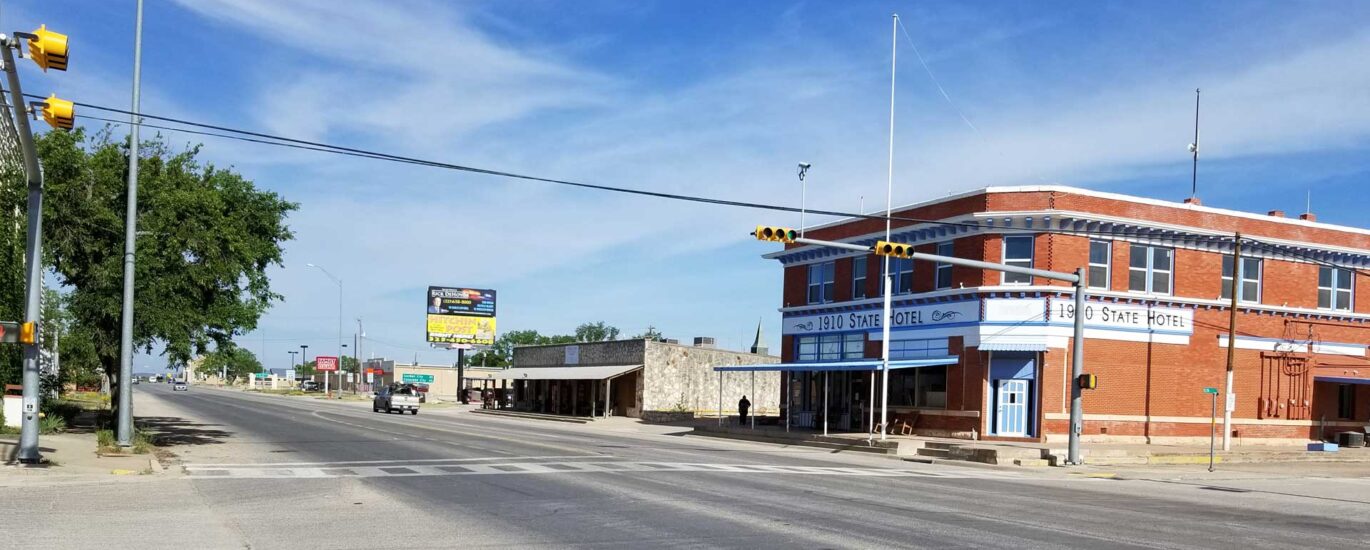Welcome to Sterling City, Texas, a small yet historically rich community nestled in the heart of West Texas. As you journey through its streets, you’ll be stepping back into a tapestry of history woven with resilience and transformation. Though Sterling City may not boast the bustling streets of metropolitan hubs, its roots run deep into the fabric of Texas history.
Sterling City was established in 1891, named after W.S. Sterling, a prominent rancher and early settler in the area. The city became the county seat of Sterling County, which was officially organized in the same year. The arrival of the Kansas City, Mexico, and Orient Railway in the early 1900s marked a significant turning point for this fledgling community, connecting it with larger markets and fostering economic growth.
Throughout the 20th century, Sterling City evolved from a small ranching community into a vital hub for agriculture and oil production. The discovery of oil in the region in the late 1920s and early 1930s brought about a boom, attracting workers and entrepreneurs eager to capitalize on the newfound resources. This period of prosperity saw the construction of infrastructure and businesses that still stand as testaments to the city’s industrious spirit.
One notable figure in Sterling City’s history is the renowned Texas artist, Porfirio Salinas, who spent part of his early life in the area. Salinas is celebrated for his vibrant landscapes that capture the essence of Texas, and his work has been exhibited in prestigious galleries and collections across the country.
As you continue exploring, you’ll notice the architectural charm of Sterling City, with its historic courthouse standing proudly at the center. Built in 1938, the courthouse is a fine example of Art Deco architecture, reflecting the era’s design aesthetics and the community’s commitment to preserving its heritage.
In the broader historical context, Sterling City embodies the spirit of the American frontier—a place where perseverance and adaptability have shaped its identity. The community has weathered the challenges of economic shifts and natural adversities, remaining a steadfast pillar of the region.
Today, Sterling City serves not only as a reminder of the past but also as a vibrant community looking towards the future. It continues to play a role in the agricultural and energy sectors, contributing to the broader economy of Texas. Visitors and residents alike enjoy the tranquil landscape and the warm hospitality of a town that values its history and embraces its future.
As you conclude your visit or virtual tour, remember that Sterling City is more than just a point on a map—it’s a living narrative of Texas history, a story of resilience and growth that continues to unfold.




